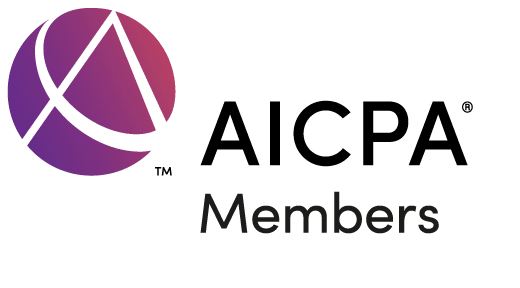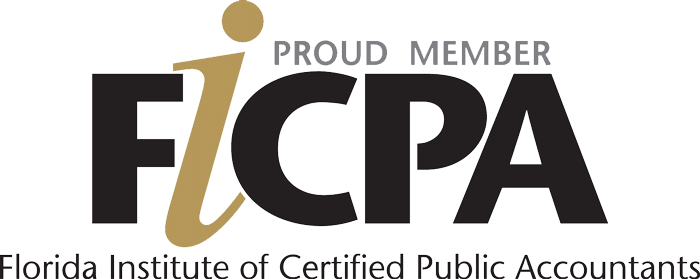GellerRagan’s Audit and Assurance Professionals are committed to maintaining professional audit standards and quality. We work closely with our clients to maximize our understanding of their systems and operations. In order to stay abreast of all relevant issues facing our clients, GellerRagans is a member of the Private Companies Practice Section of the American Institute of Certified Public Accountants (AICPA), AICPA Employee Benefit Quality Center and undergoes the AICPA’s rigorous Peer Review Program every three years.
Review
Limited Assurance
A review is substantially less in scope than an audit and consists principally of inquiries of company or organization personnel and analytical procedures applied to management’s financial data. A review may be appropriate for entities that must report their financial information to third parties, such as creditors or regulatory agencies, or for business owners who are not actively involved in managing their companies.
While a review is less comprehensive than an audit, it involves a significant degree of knowledge and understanding of your business or organization, as well as the industry in which you operate to effectively evaluate inquiry responses and analytical results. Professional standards for a review require us to perform procedures to obtain limited assurance that there are no material modifications that should be made to the financial statements.
Agreed-Upon Procedures
An Agreed-Upon Procedures (AUP) engagement is exactly what the name describes: an engagement designed by the client and the appropriate third-party or parties specifying procedures for the CPA firm to perform. The parties understand the goal(s) to be accomplished and guide the CPA with procedures they wish to be performed against some objective criteria or framework while the CPA delivers his/her expertise and independence.
The subject matter of an AUP might be financial or non-financial. And while the nature, timing, and extent of the procedures can vary widely between AUPs, two things remain consistent.
- The report’s recipients are responsible for the sufficiency of the procedures and form their own conclusions based upon the data included in the report.
- The AUP report is restricted to the audience that agreed to the procedures because outside parties, who are unaware of the report’s purpose, might misinterpret the results.


